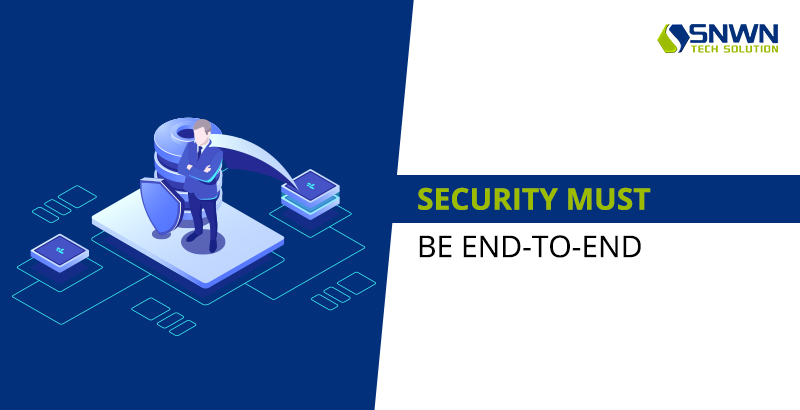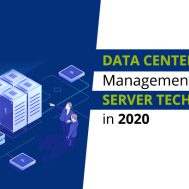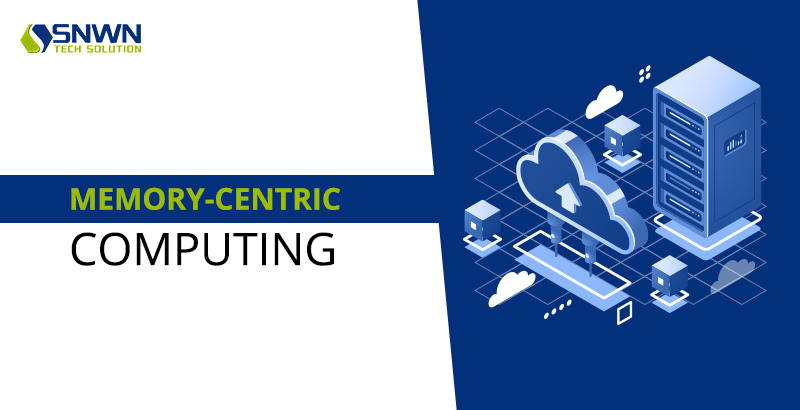Trends and Observations serve two main purposes.
- A view into a possible state and
- A indication of things around us that can lead to disruptions.
As the year turned, many enterprises were looking forward to see what trends would affect the data center industry in 2020. Here are some of the trends that are worth looking into:
The customer is the King
The customer is indeed always right. Something often forgotten in the technology world although we have all heard it many times.
It is very important to truly listen and respond to your customers with products, solutions, and services that actually solve customer problems and result in a better business outcome.
On-Premise Workloads Migrate into Cloud
Migration of enterprise IT workloads into third-party data centers that long-predicted has finally arrived. According to some, during this transition, there is a lot of opportunity for colo providers to take on a lot of workloads.
This shift was predicted with the arrival of a succession of hosting offerings. Enterprises are thinking about moving workloads off-premises.
This trend started back in 2017 and has continued into 2020, creating sustained business for IT infrastructure providers.
The cloud and co-location industries have reached a level of maturity, where it can offer compelling value, breaking down the historic resistance to moving data offsite.
The notion that in-house data centers are more secure than the cloud has become almost non-existent by a series of corporate data compromises.
On-premises facilities are aging at an accelerated rate. The financial crisis of 2008 resulted in a drastic fall in construction of these capital-intensive projects, and a growing number of companies are now facing decisions about their infrastructure.
Some workloads will head to the cloud. Others that are not cloud-ready – and may never be – will move to co-location facilities.
Memory-Centric Computing
In 2020, we must embrace memory centric computing. This will open up innovation on a variety of fronts on hardware and software. Devices like, FPGAs, Storage Class Memory, ASICs, GPUs, etc. are moving into the microsecond to sub-microsecond domain.
Thus we can no longer treat these devices as secondary, nor can we software define them without losing their intrinsic value. Today’s architecture is processor centric computation whereas tomorrow’s architecture will become memory centric.
Servers are not a Commodity
Commodity by definition is –
→A raw material or primary agricultural product that can be sold, such as copper coffee, a useful and/or valuable thing, such as water.
Let us think about water for example – surely we all agree that water is a basic resource and widely available in modern industrialized countries – but is it really a commodity? Checking the shelves at any supermarket or gas station stores, would seem to indicate that is NOT the case.
There are various types; different bottles, purification differences, additives, and so on. Thus, how the commodity (water) is bottled, sold, distributed, and filtered is vastly different. Therefore, water is a commodity, but bottled water is NOT.
Now apply that thinking to servers and you will see that compute cycles are the commodity (the water) and the server is the bottling of those compute cycles.
Now that computing is ever-present in every toy, IoT device, mobile device, etc. that makes compute cycles more or less a raw material of our digital lives.
How servers bottle up the compute; by adding Dram, IO, slots, drives, systems management, high availability, density, redundancy, efficiency, serviced, delivered, and warranted in a wrapper is how they are not a commodity.
Security Must be End-to-End

2020 has seen a definite shift in terms of Security. For example, the Dell PowerEdge 14G server family has a new cryptographic security architecture where, part of a key pair is unalterable, unique, and set in the hardware during the system fabrication process.
This method provides an indisputable root of trust embedded in the hardware that eliminates the middle-man all the way from manufacture of server to delivery to customer.
Considering today’s need, the term security seems incomplete. 2020 will see security expand to system-wide protection, integrity verification and automated remediation.
Impenetrability is always the objective; however, with the increasing complexity and sophistication of attackers, it is very likely that additional vulnerabilities will emerge.
One of the 2020 objectives will be to make sure that if someone can get into the platform, making sure they cannot obtain meaningful information or do damage.
This will lead to a more intense trust strategy between the buyer and seller based on more identity management. Identity at all level (user, device, and platform) will be a great focus and as such require a complete end-to-end trust chain.
This will likely include options based on block chain. Emerging standards where keys are embedded in the transaction layer will also be required.
Two big gains for artificial intelligence
One of Artificial Intelligence major uses will be in intrusion detection; areas where it can respond faster. It is no longer enough for a firewall to send an alert to an admin of suspicious behavior.
This is where AI comes into action; it will detect the malware and act before an admin can come back from a bathroom break.
ALSO READ : WHY TO USE WHITE LABEL SUPPORT
The other major use of AI will be to fix or correct things that might otherwise be caused by human error. Even the most cautious eyes can fail but unless programmed badly (by a human) AI cannot.

